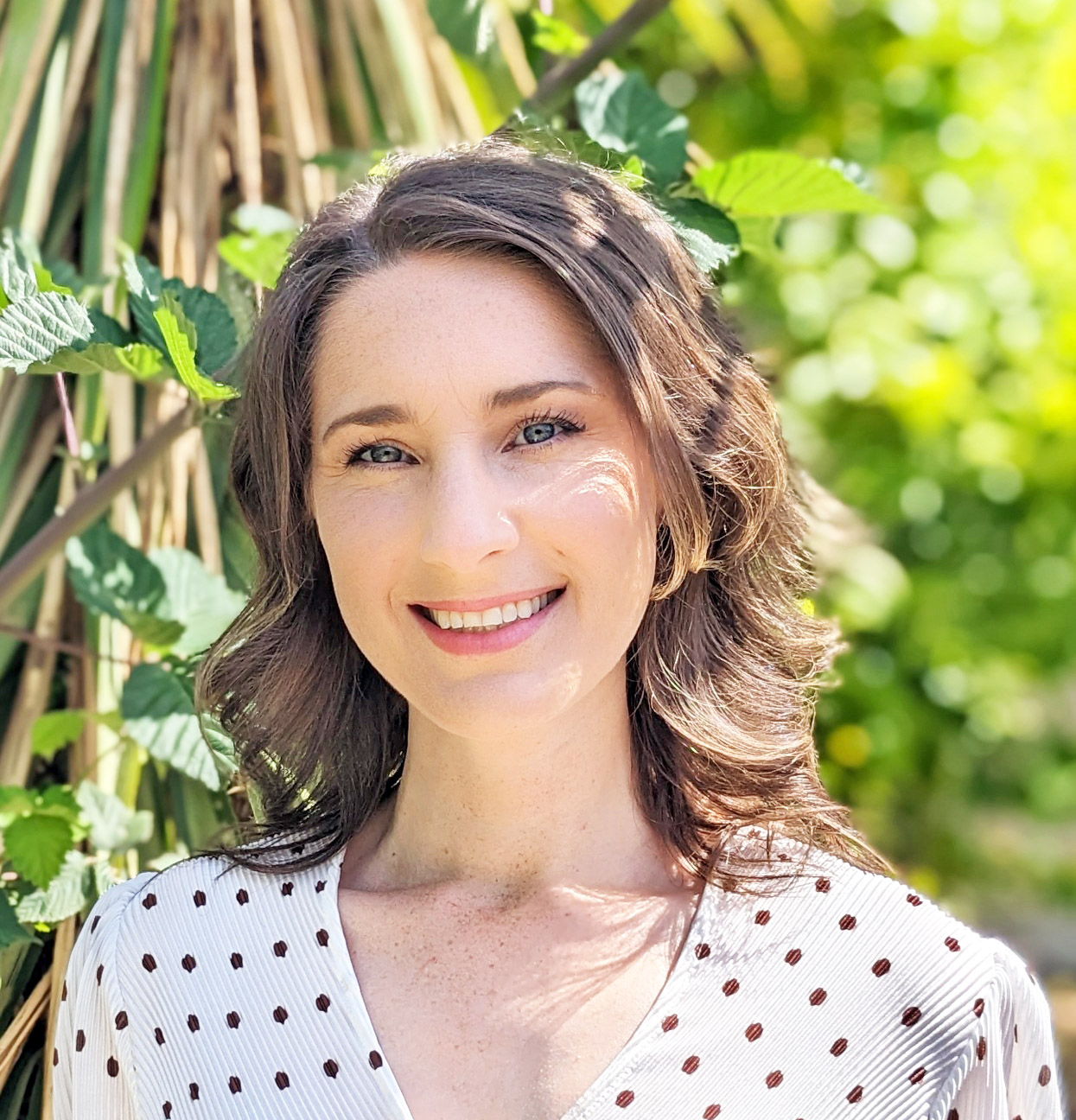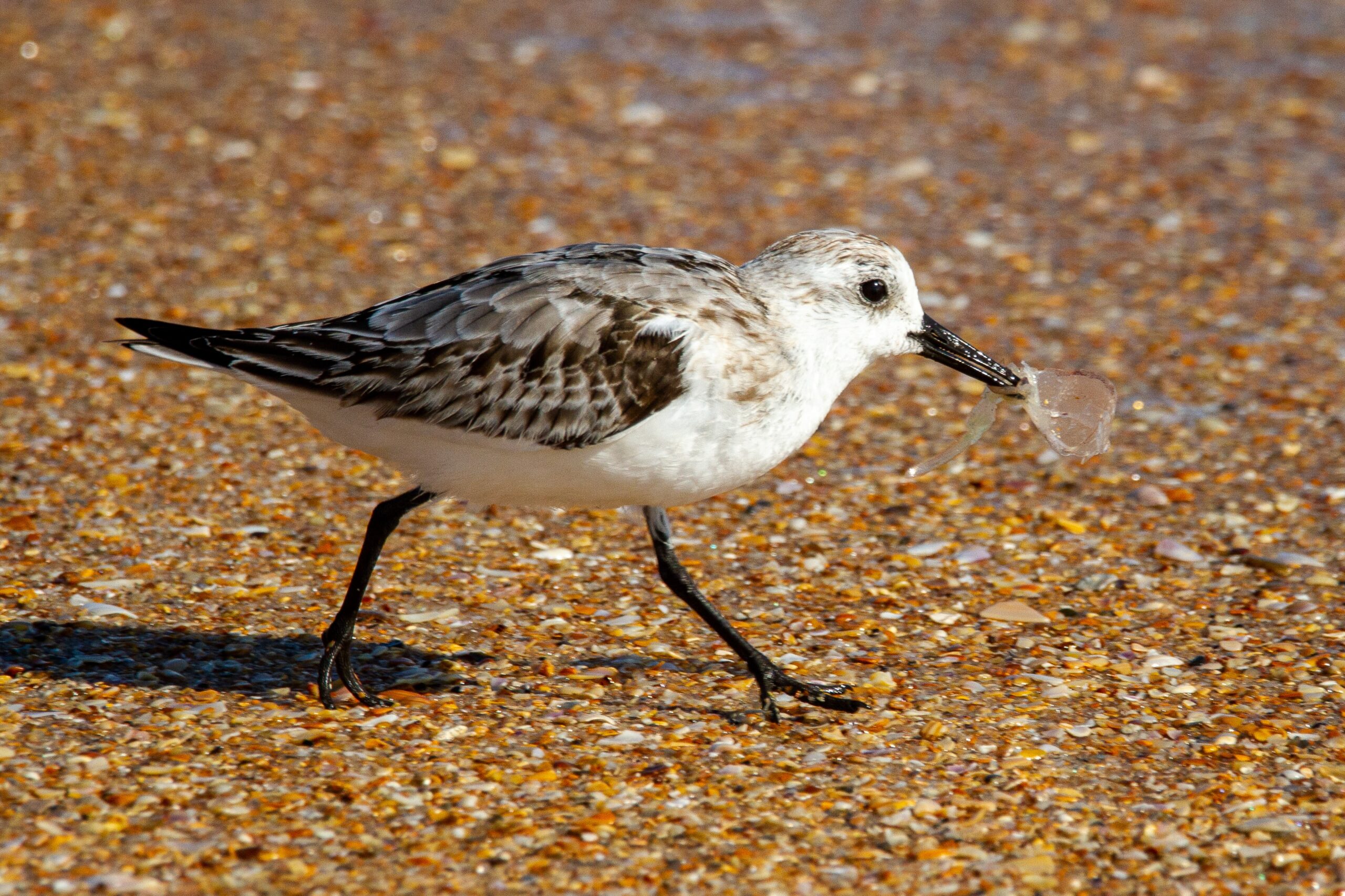Who ordered the large side of plastic?
Not Australia’s shorebirds. Unfortunately, that’s exactly what’s on the menu at our beaches. And it’s ending up in the excrement (also known as guano) of some of our most vulnerable species.
A study in Tasmania has found that the amount of plastic in different birds’ guano might boil down to their prey choices and foraging strategies.
SIZE MATTERS
When plastic breaks down (which can take hundreds of years), it doesn’t disappear. Instead, it fragments into microplastics and nanoplastics. These tiny pieces can be detected in a laboratory using flow cytometry or infrared spectroscopy.
Coastlines are particular magnets for plastic. Pollution from both the land and the ocean makes its way into estuaries and beaches and settles in the sand. Currently, an estimated 14 million tons of plastic enter the ocean every year.

GIPHY
“About 99% of the plastic I see in shorebird habitats is washing up from the ocean,” says Deborah Furbank, a coastal wildlife project coordinator at BirdLife Australia.
The washed up plastic fragments can be consumed by crustaceans, bivalves, molluscs and worms, which can then be eaten by our shorebirds.
CHOOSE YOUR SNACKS WISELY
The Tasmanian study focused on hooded plovers (hoodies) and pied oystercatchers (POCs) – two species also found here in WA. BirdLife categorises hoodies as ‘vulnerable’ and POCs as a species of ‘least concern’.
These birds have very different feeding strategies.

Juvenile hooded plovers foraging in the shallows | Mary James
While POCs and hoodies share a similar environment, hoodies are visual feeders that forage in shallower depths of sand. In contrast, POCs probe their long bills deeper into the sand.
“Prey is detected with sensory systems in the beaks,” says John Cobb, a volunteer coordinator at BirdLife.
The study found that, despite foraging in the same area of the coastline – which had plastic present in 100% of sediment samples – the vulnerable hoodies had 32 times more plastic in their guano than the POCs.
The quantity of plastic in sediment samples did not seem to significantly affect the amount that ended up in bird guano. The researchers concluded that the birds’ eating habits and prey preferences might play a major role in how much plastic gets consumed.

Pied oystercatcher with its prey | Mary James
WHAT DOES PLASTIC IN DOO-DOO ACTUALLY DO?
So why is eating plastic a big deal if it eventually comes out the other end?
The main concern is that some plastic isn’t coming out the other end. Depending on its size, plastic can become bioavailable.
This means it’s absorbed into the body and can penetrate biological membranes.
While we’re still trying to figure out exactly what this means for the birds, there’s growing evidence that it’s not good for them.
Plastic can transport or leach toxic additives and accumulate to obstruct digestive systems.
In species lower in the food chain, including those eaten by shorebirds, we’ve seen negative effects on things like growth rates, cell viability and reproductive rates.

GIPHY
HUNGER GAMES
If it’s bad for their food source, it’s almost certainly bad for the birds themselves. Shorebirds consume plastic both directly from the sand and from their prey. And whatever animal eats the shorebirds will inevitably end up consuming plastic as well.
Some scientists think this pattern might be a contributing factor to recent wildlife population declines. But it’s still a poorly understood area that needs more solid evidence.
In the meantime, for vulnerable species like hoodies, plastic pollution is just another unwelcome hurdle in the race for survival. For years, they’ve already been struggling against habitat disturbance, invasive species and climate change.
According to Deborah, hoodies are constantly disturbed on many of our beaches.
“Particularly [by] off-leash dogs. Vehicles can have a big impact when they have access to beaches and dunes. Crushing isn’t the only impact. Every time the adults are disturbed from breeding, their eggs and chicks are left vulnerable to predators and weather conditions,” says Deborah.
Further understanding the threats of plastic ingestion, while continuing to reduce plastic use in the first place, is vital for developing a successful conservation plan.
In the meantime, a chick’s still gotta eat.









